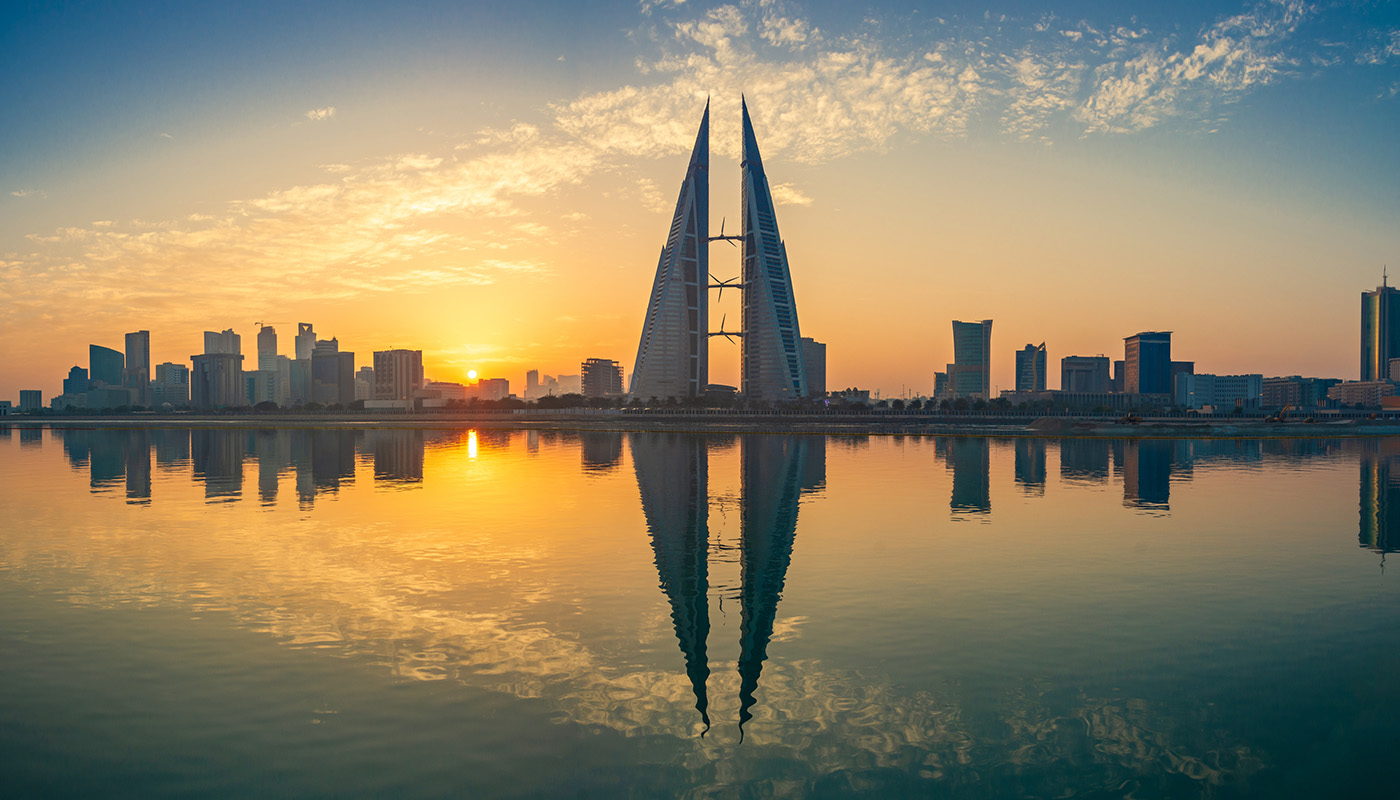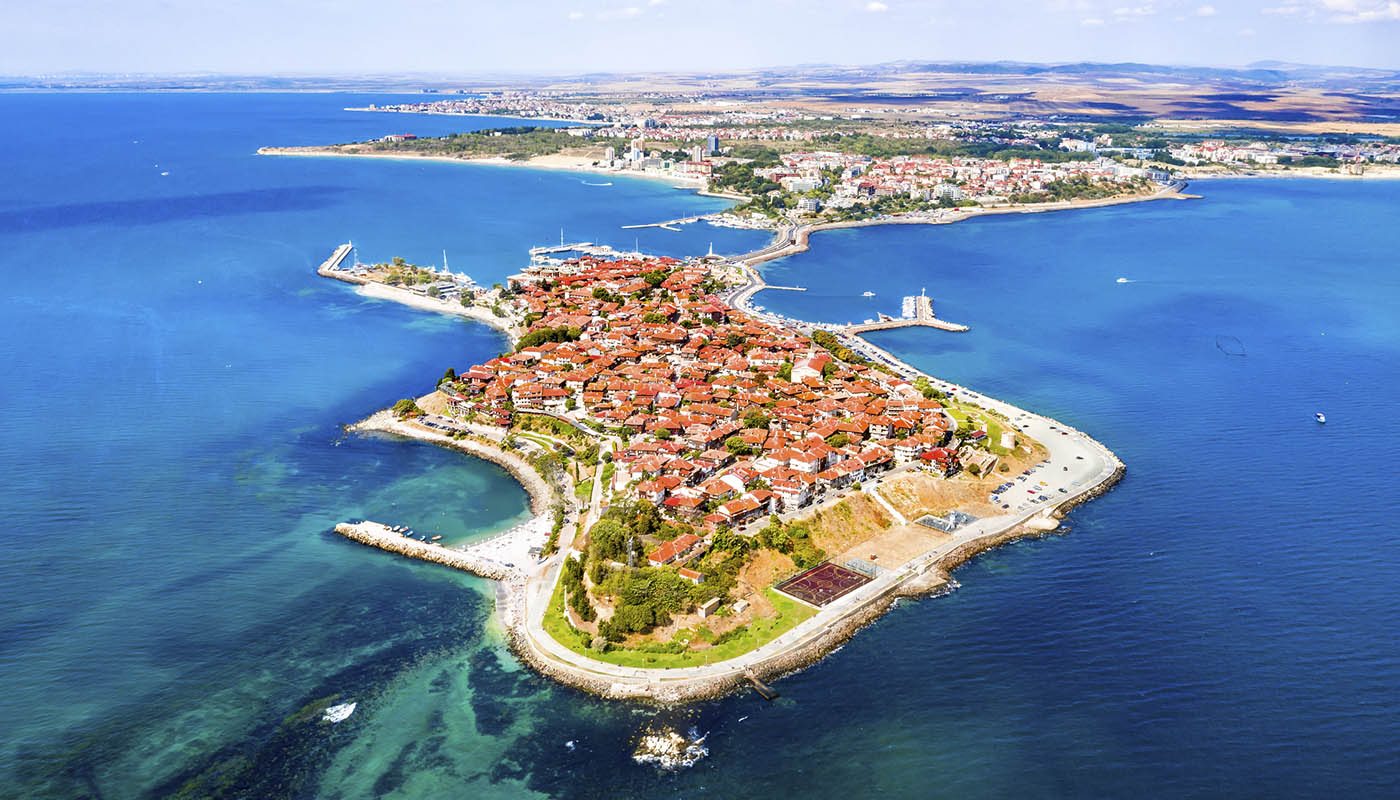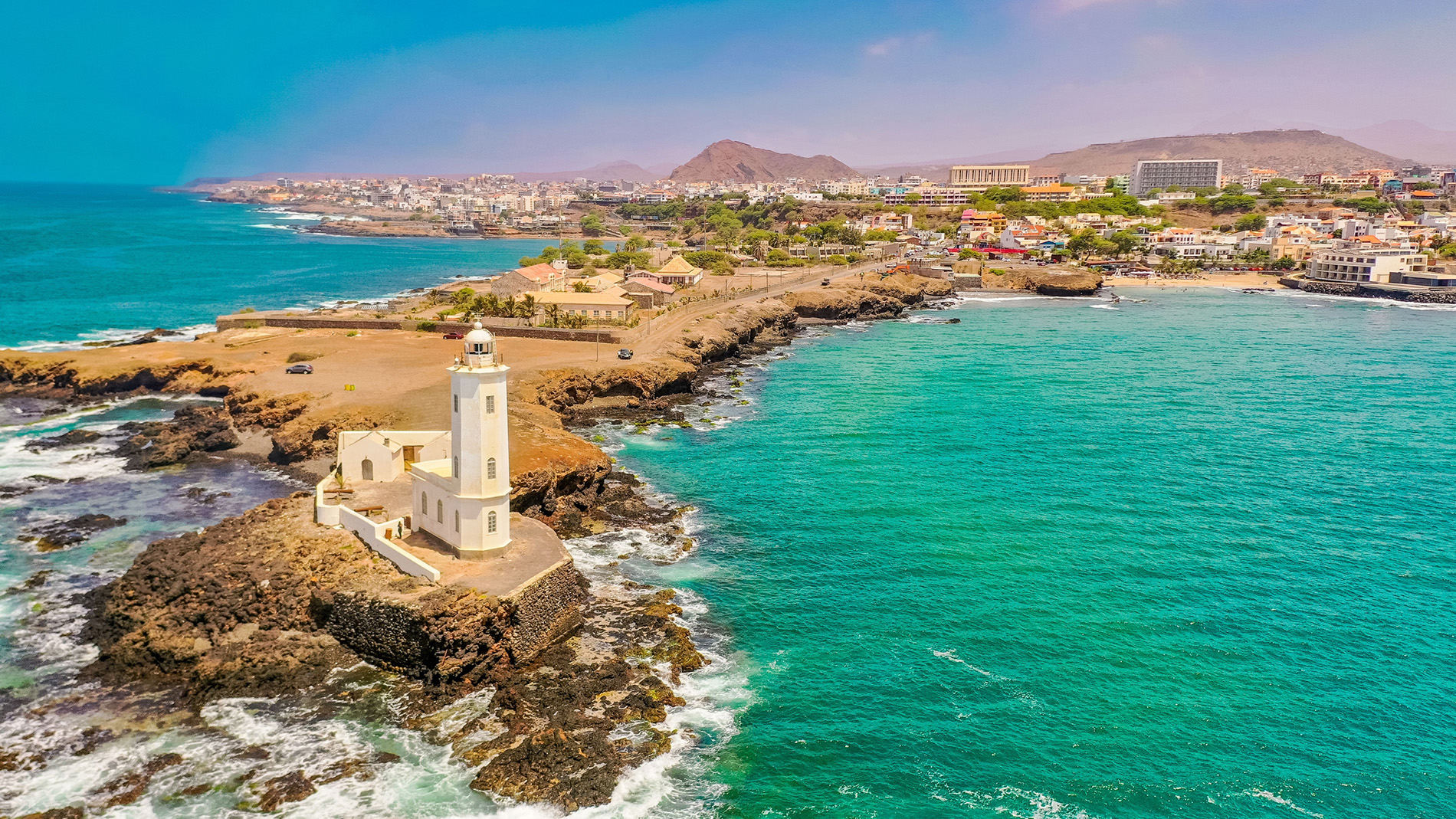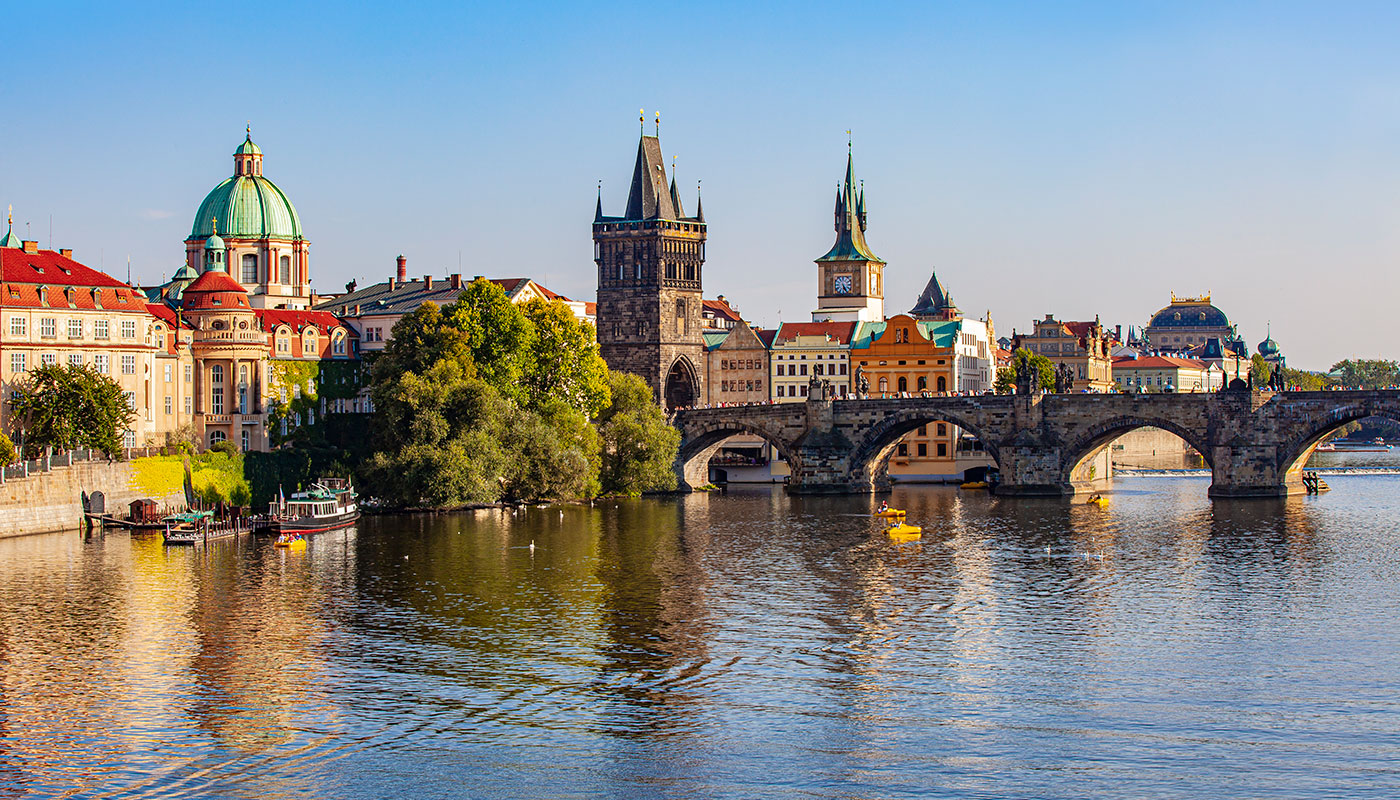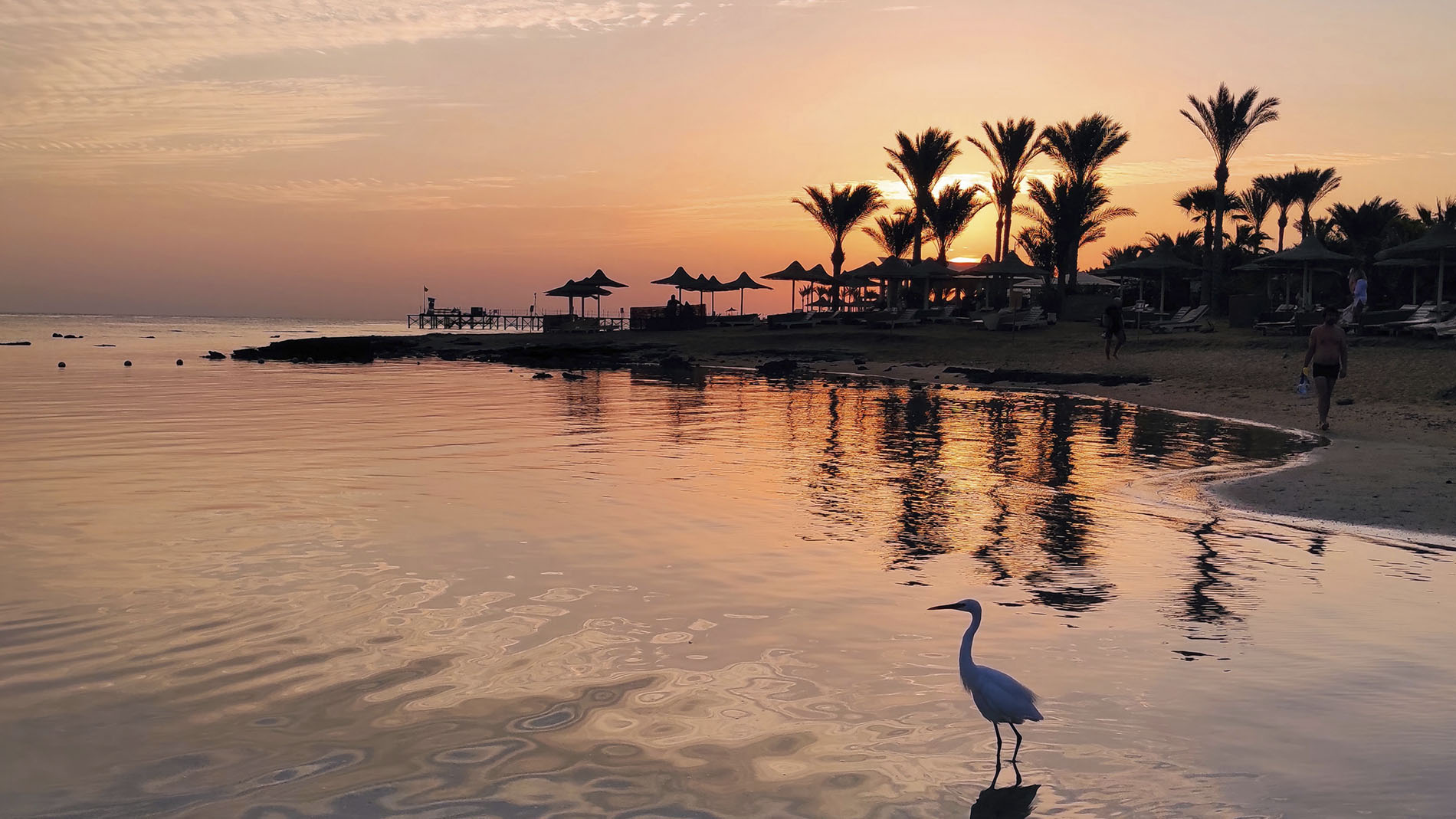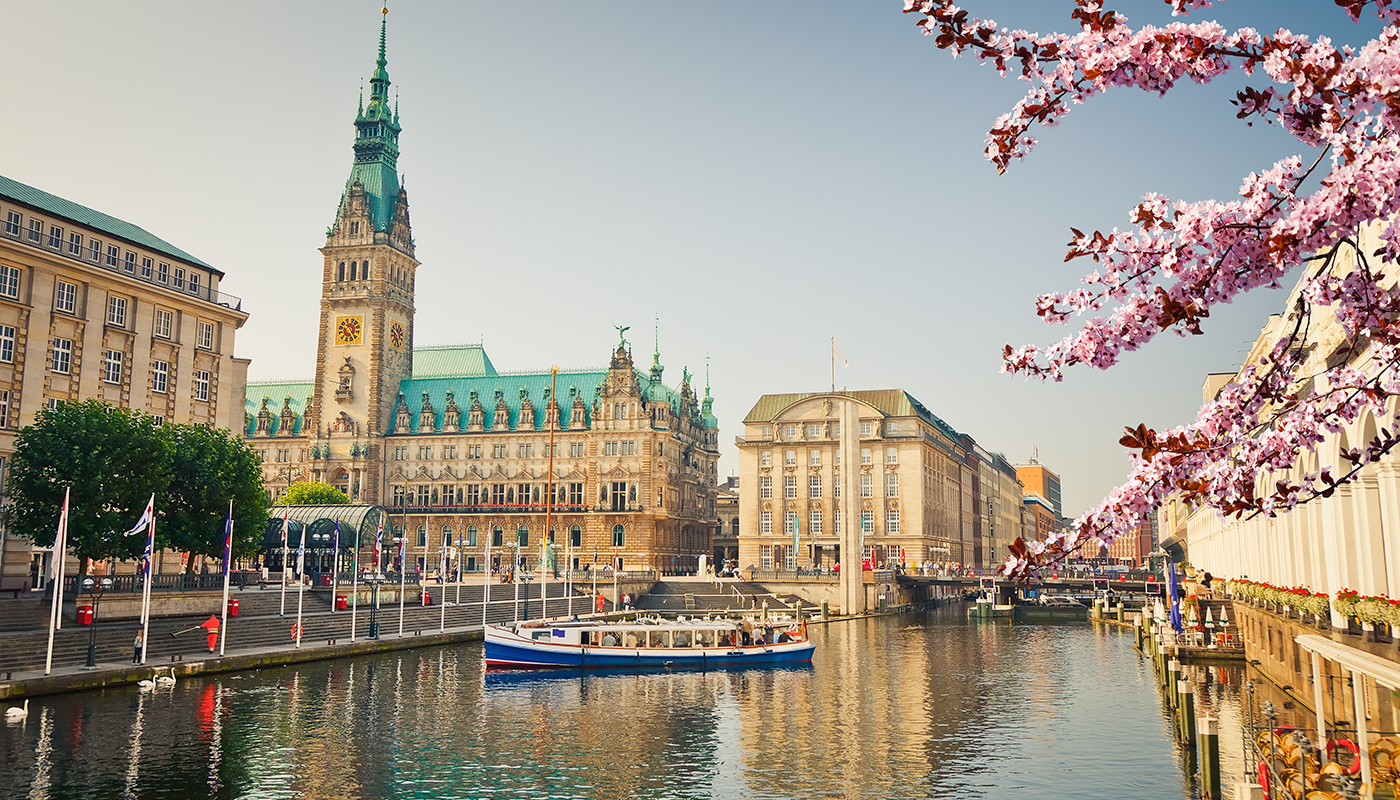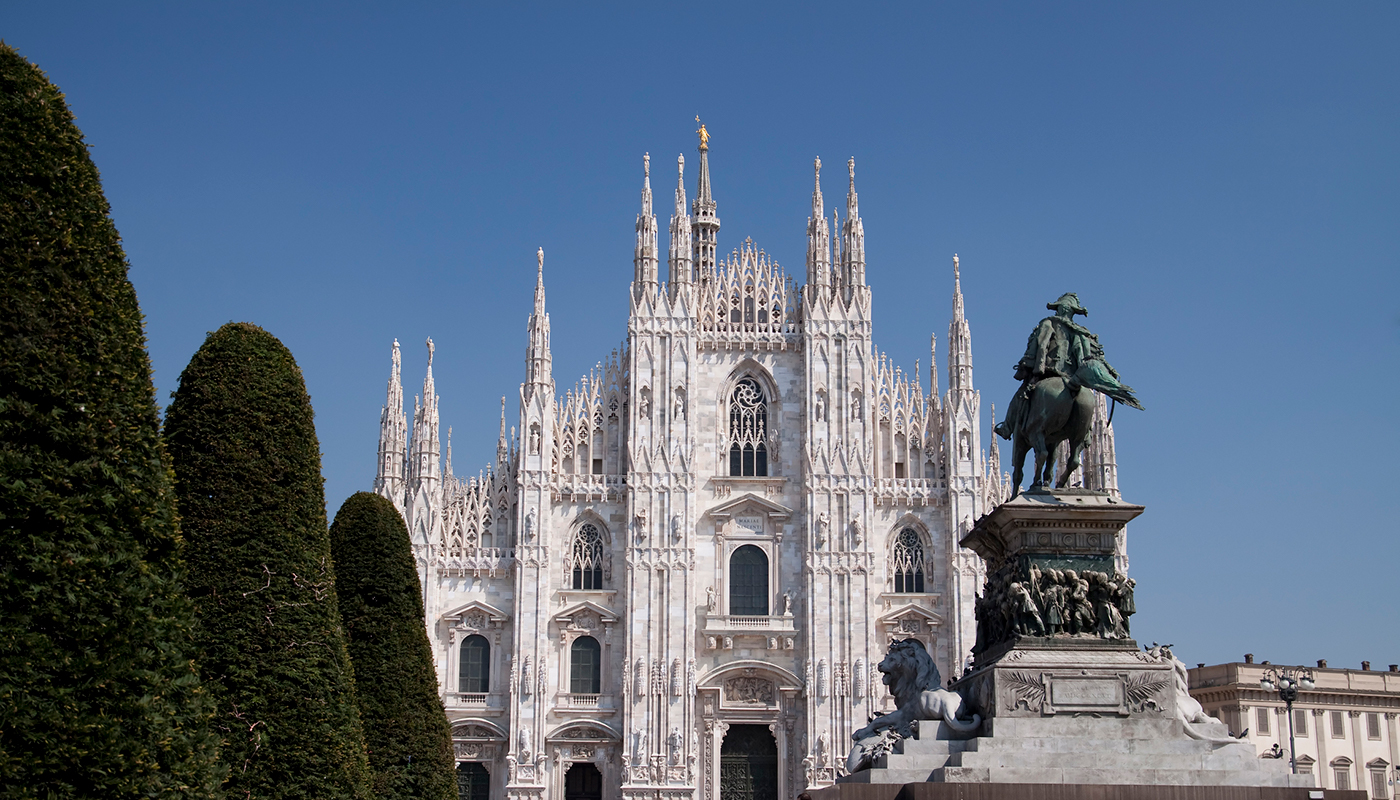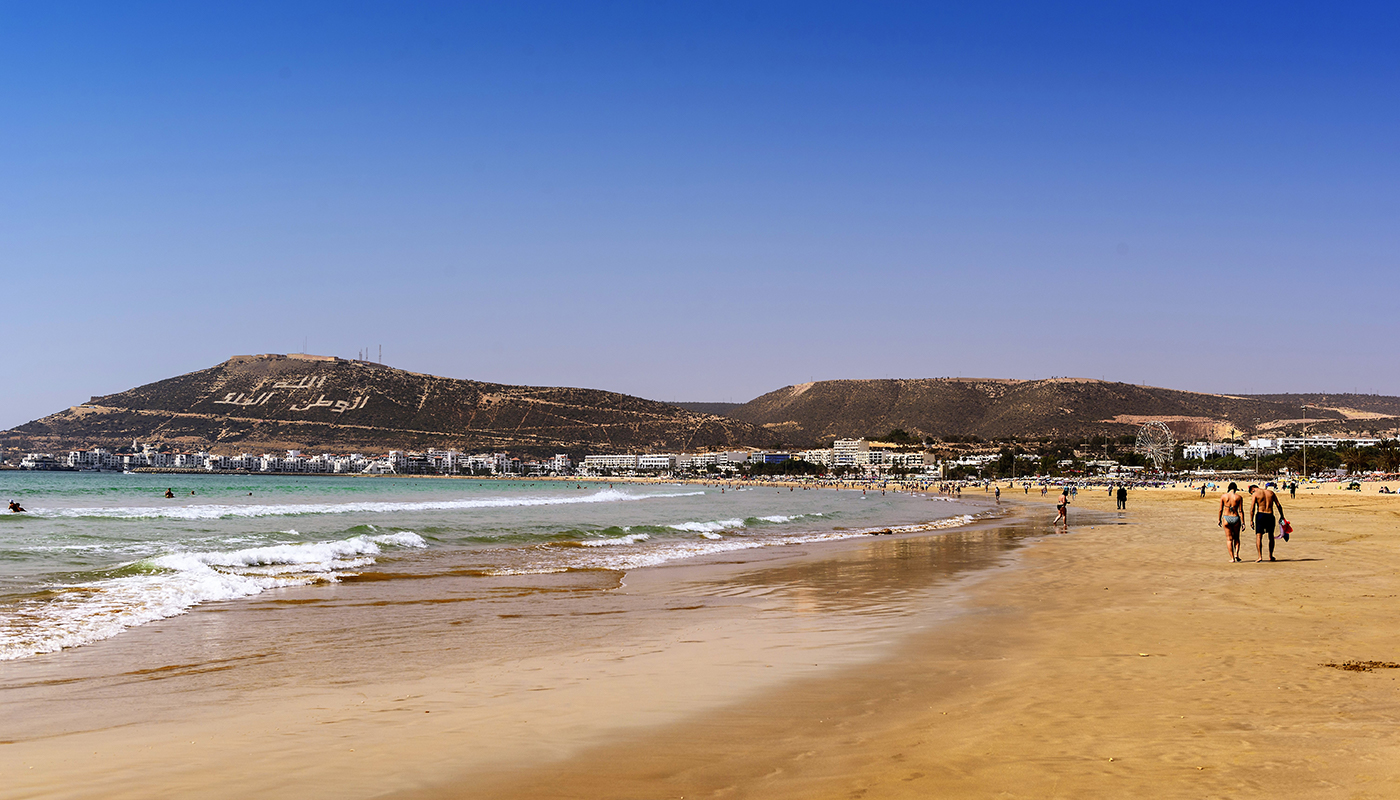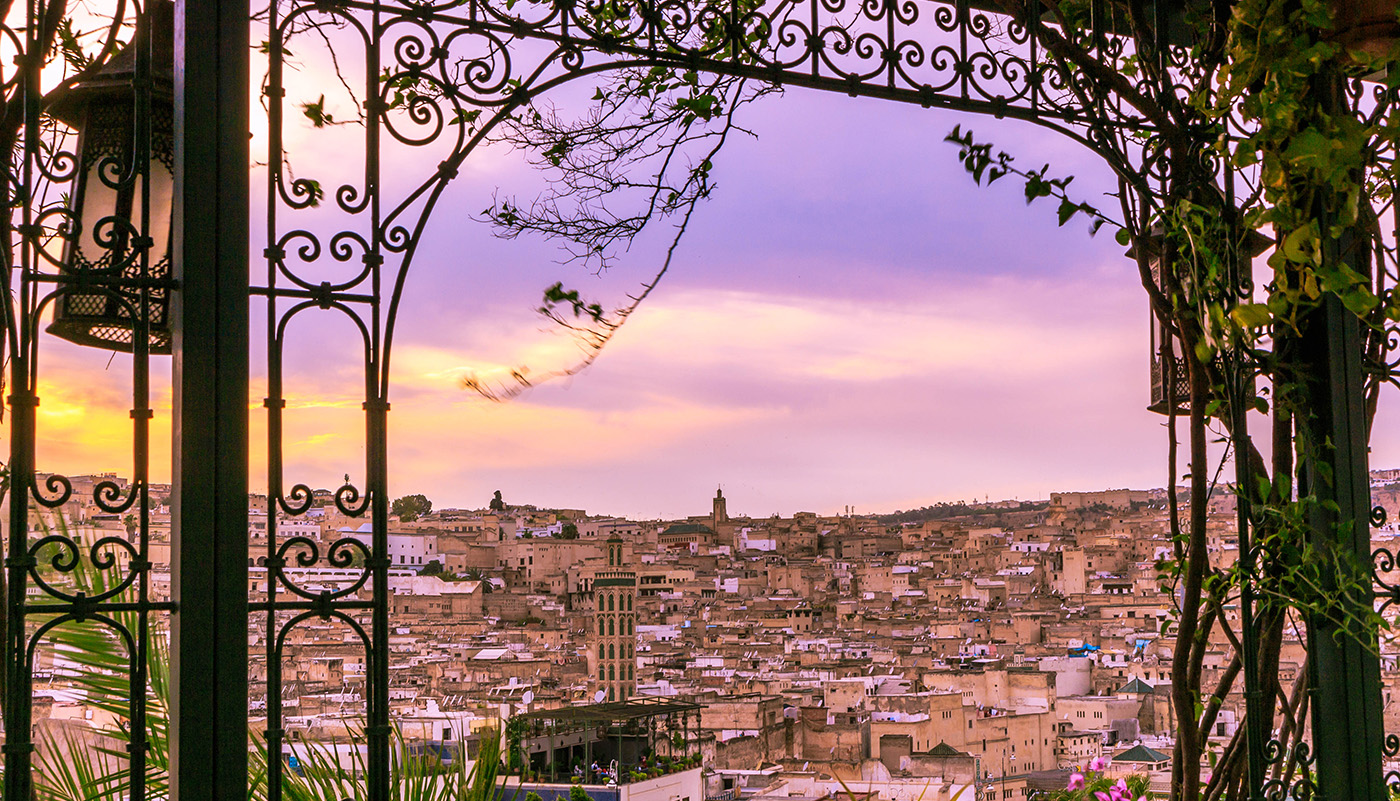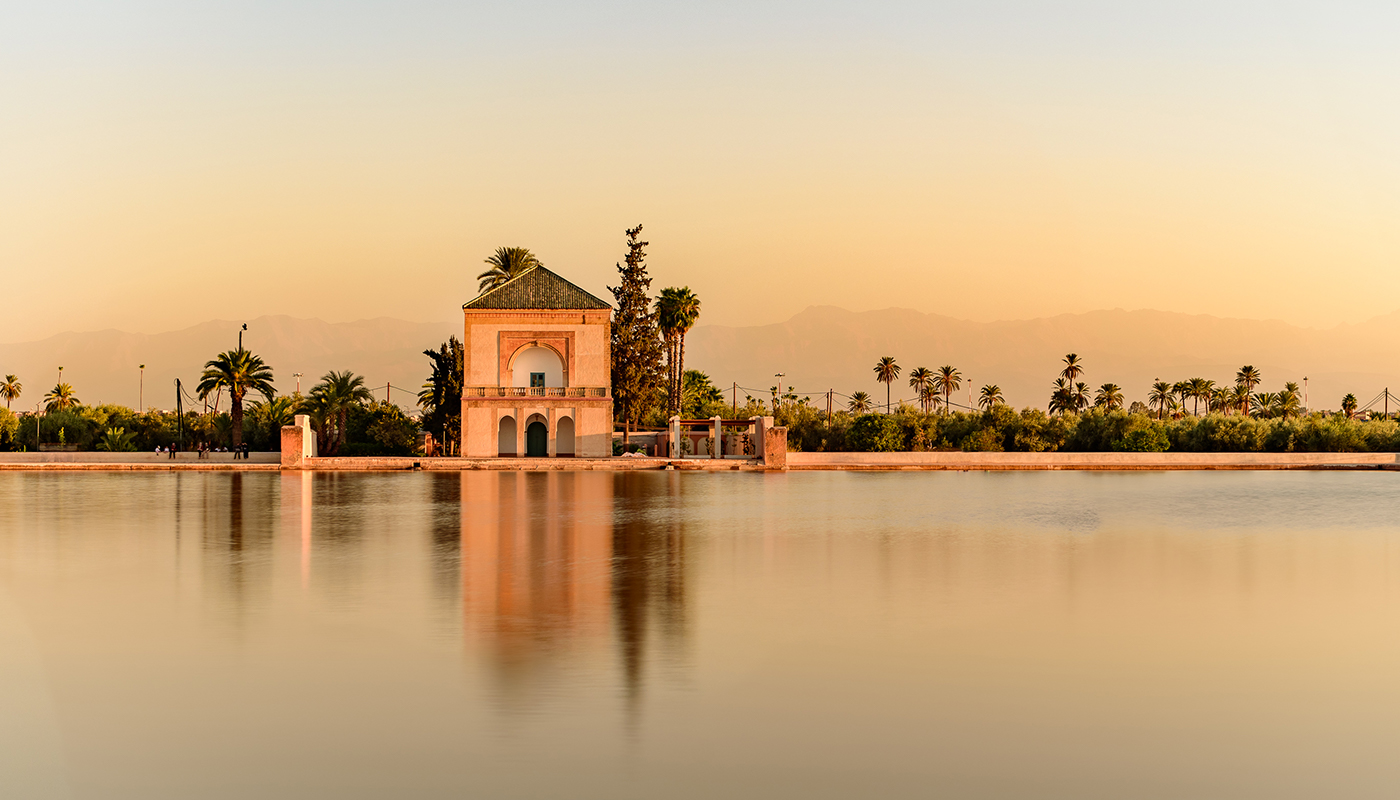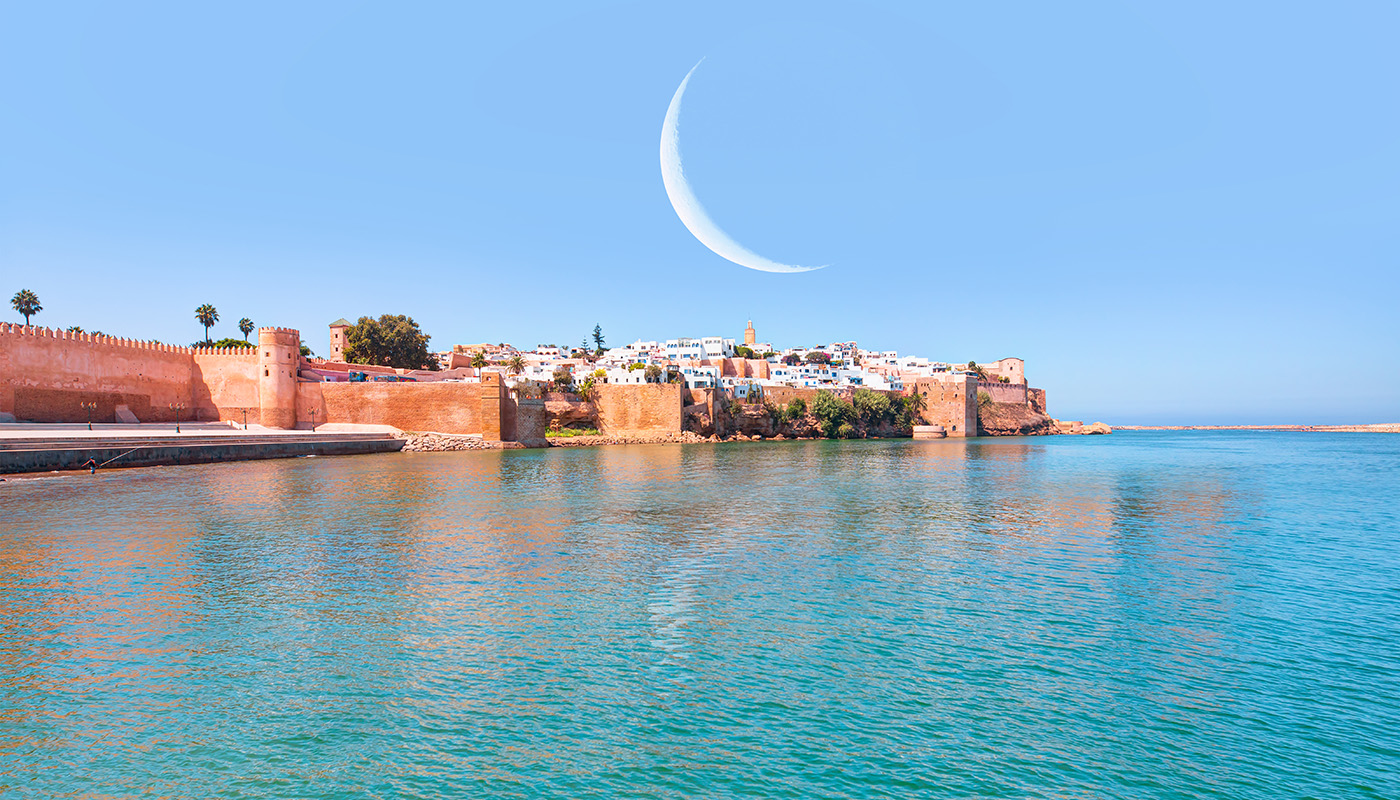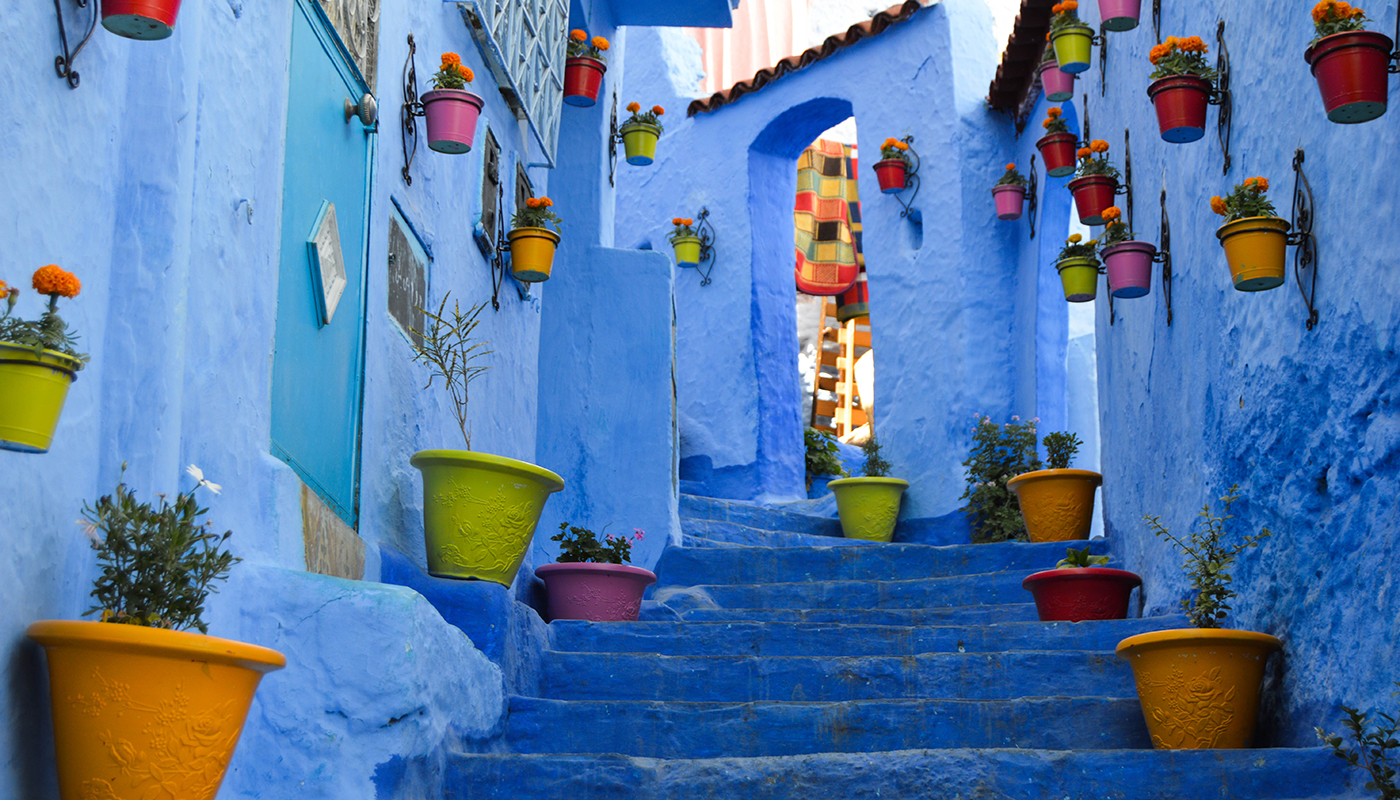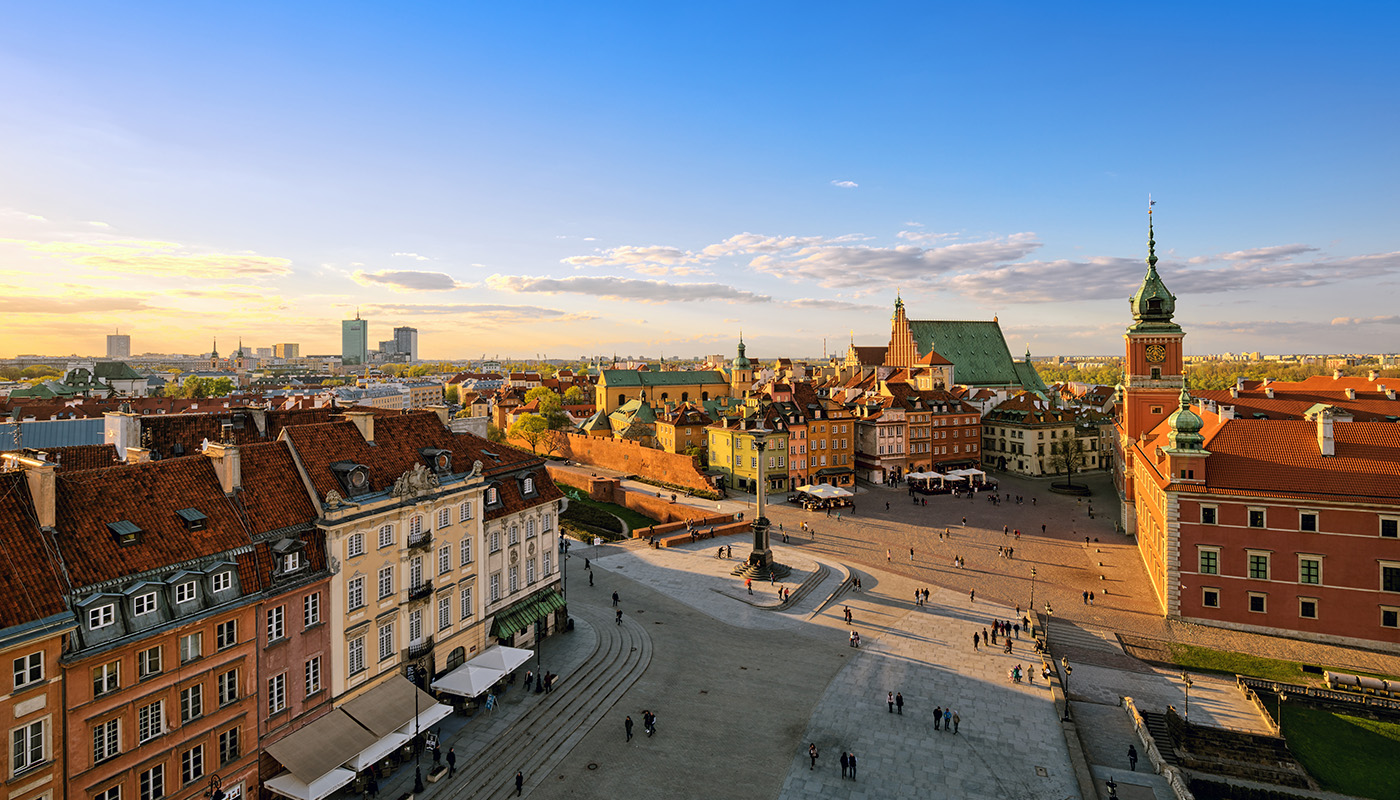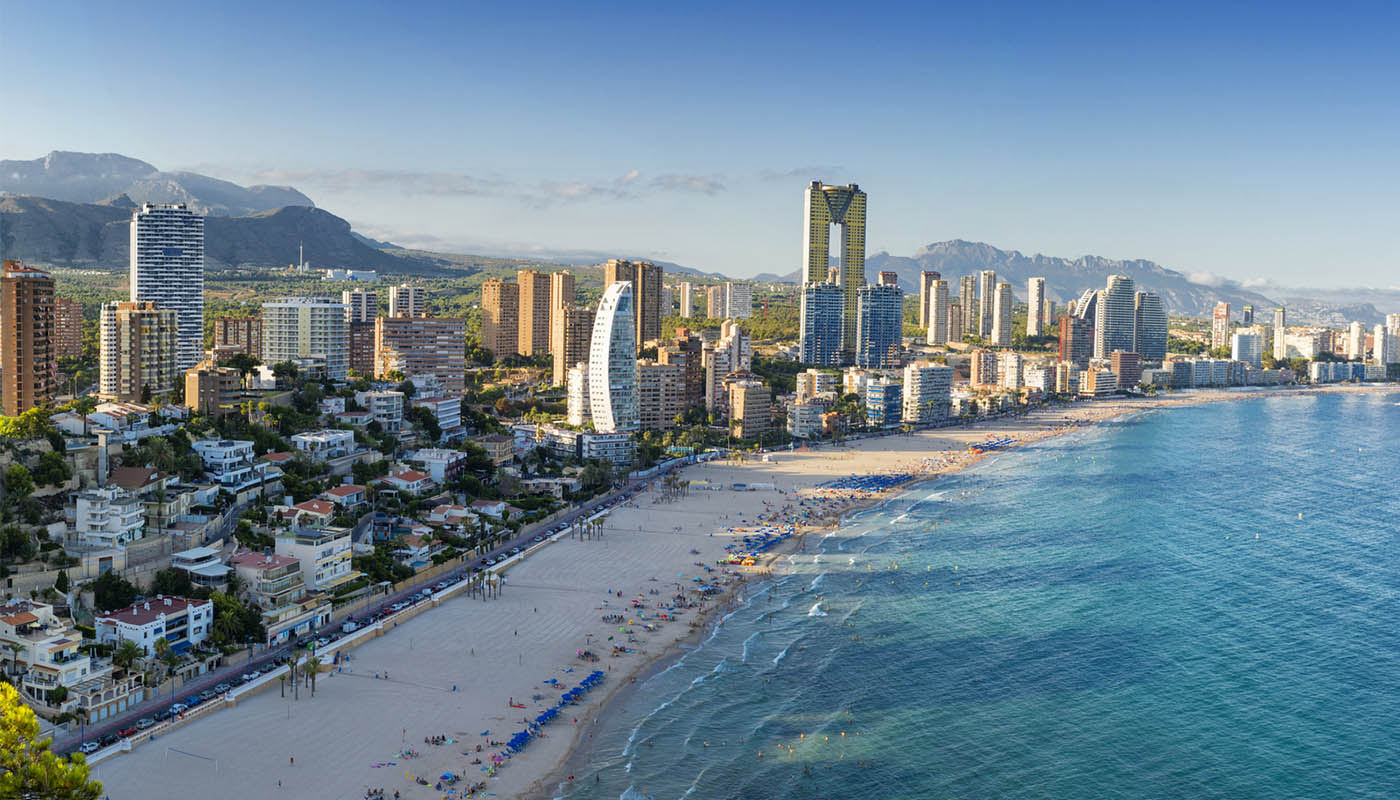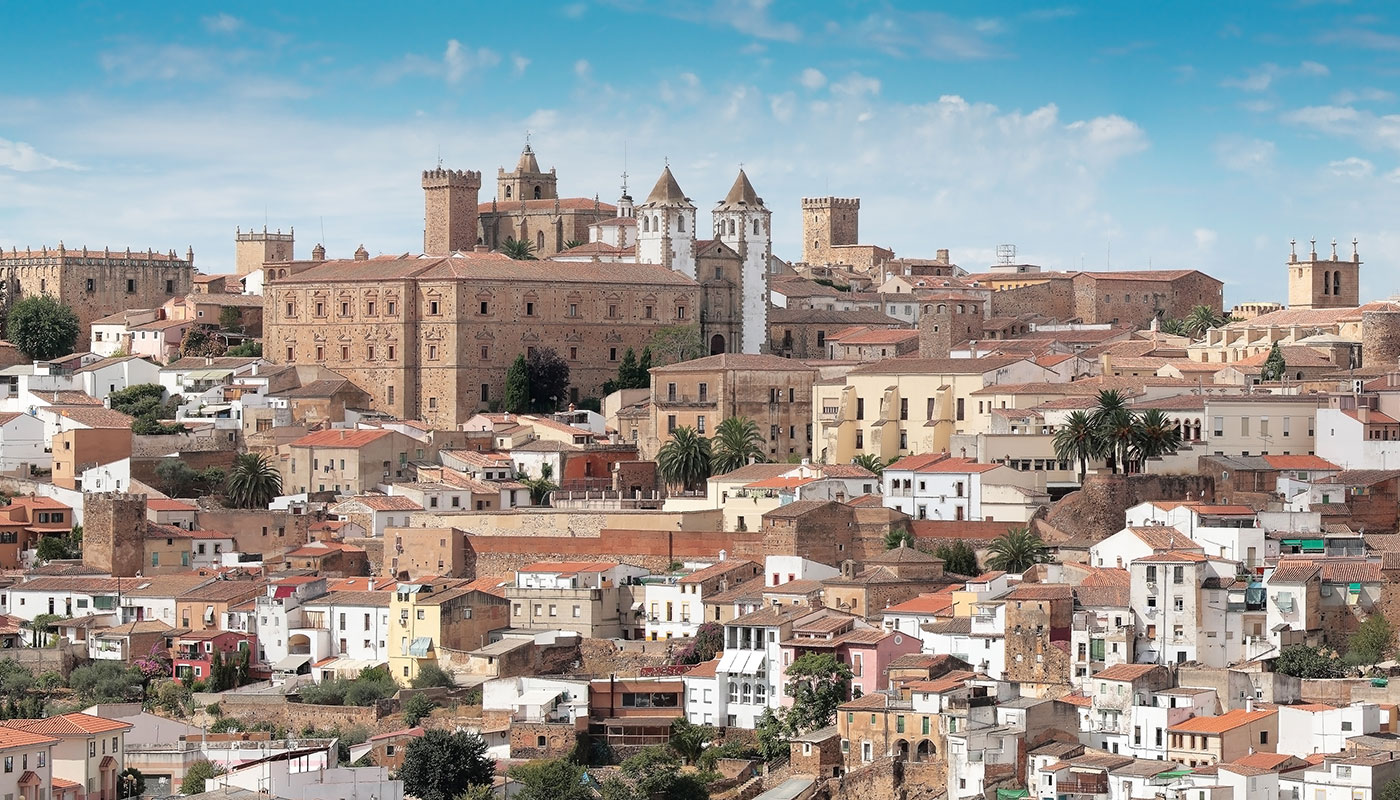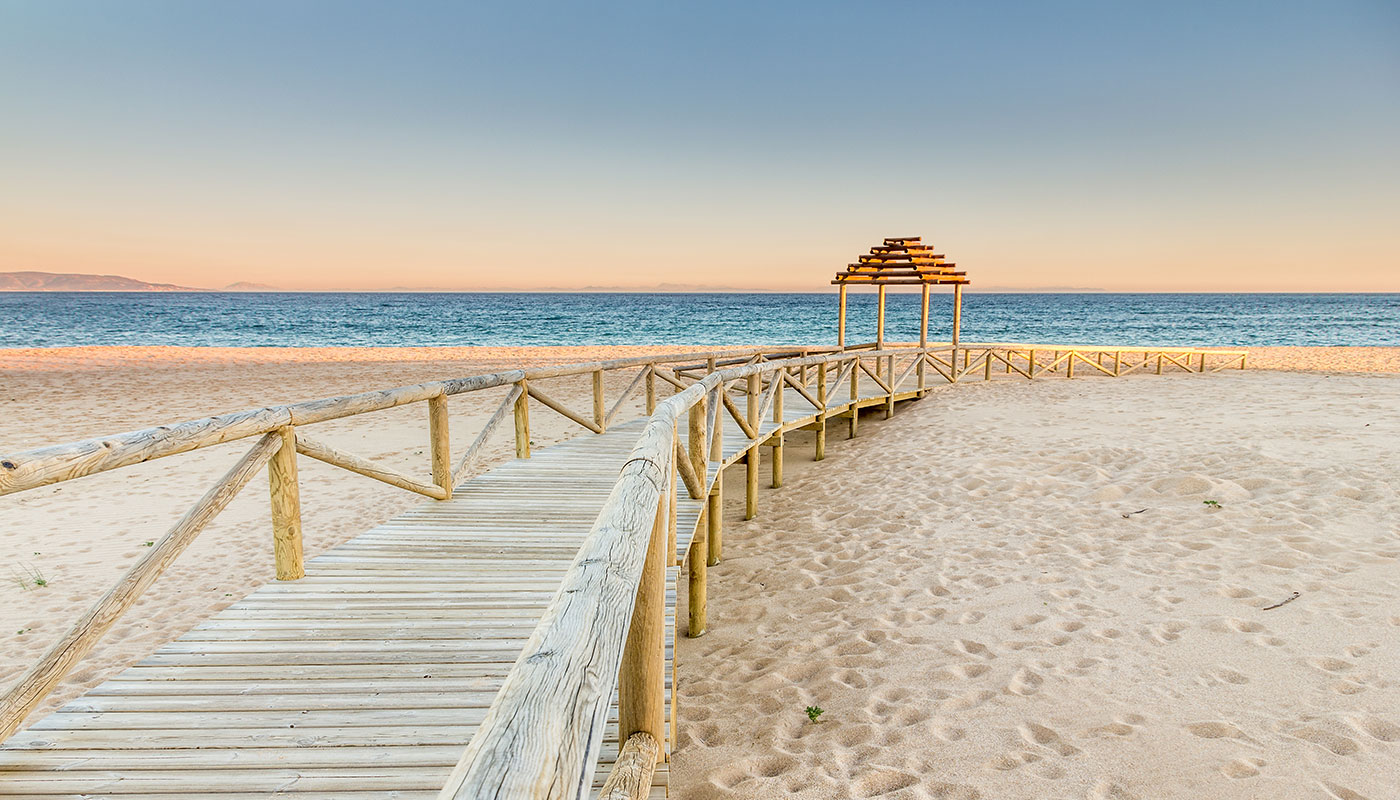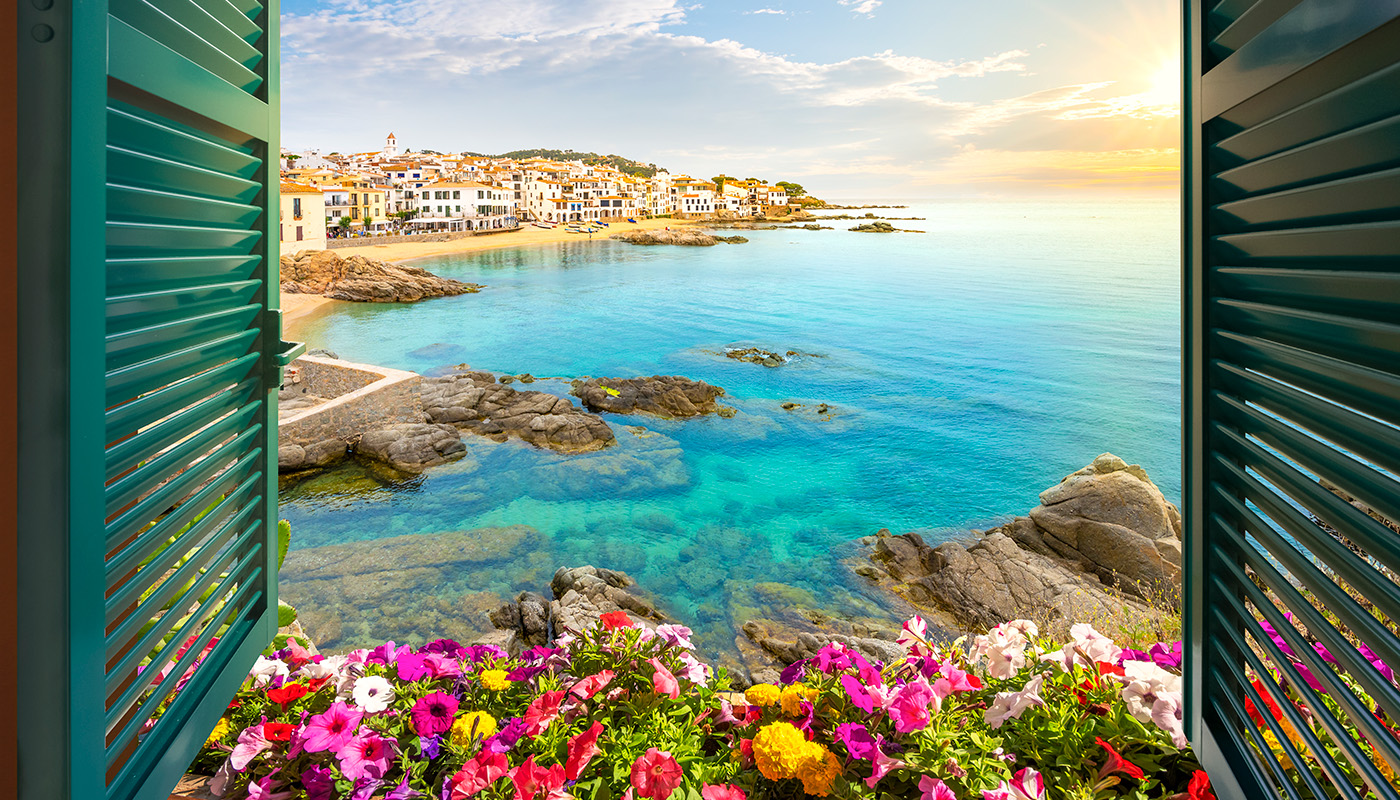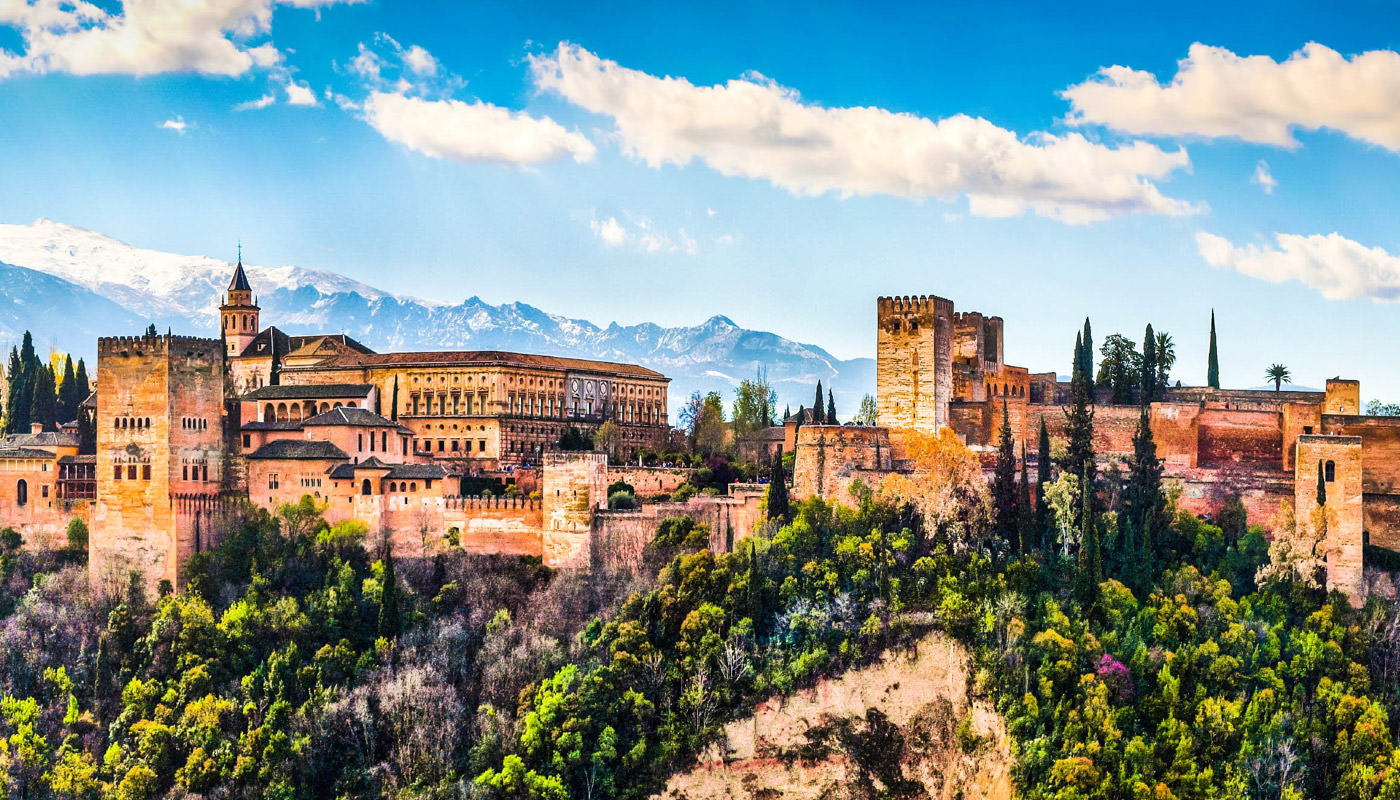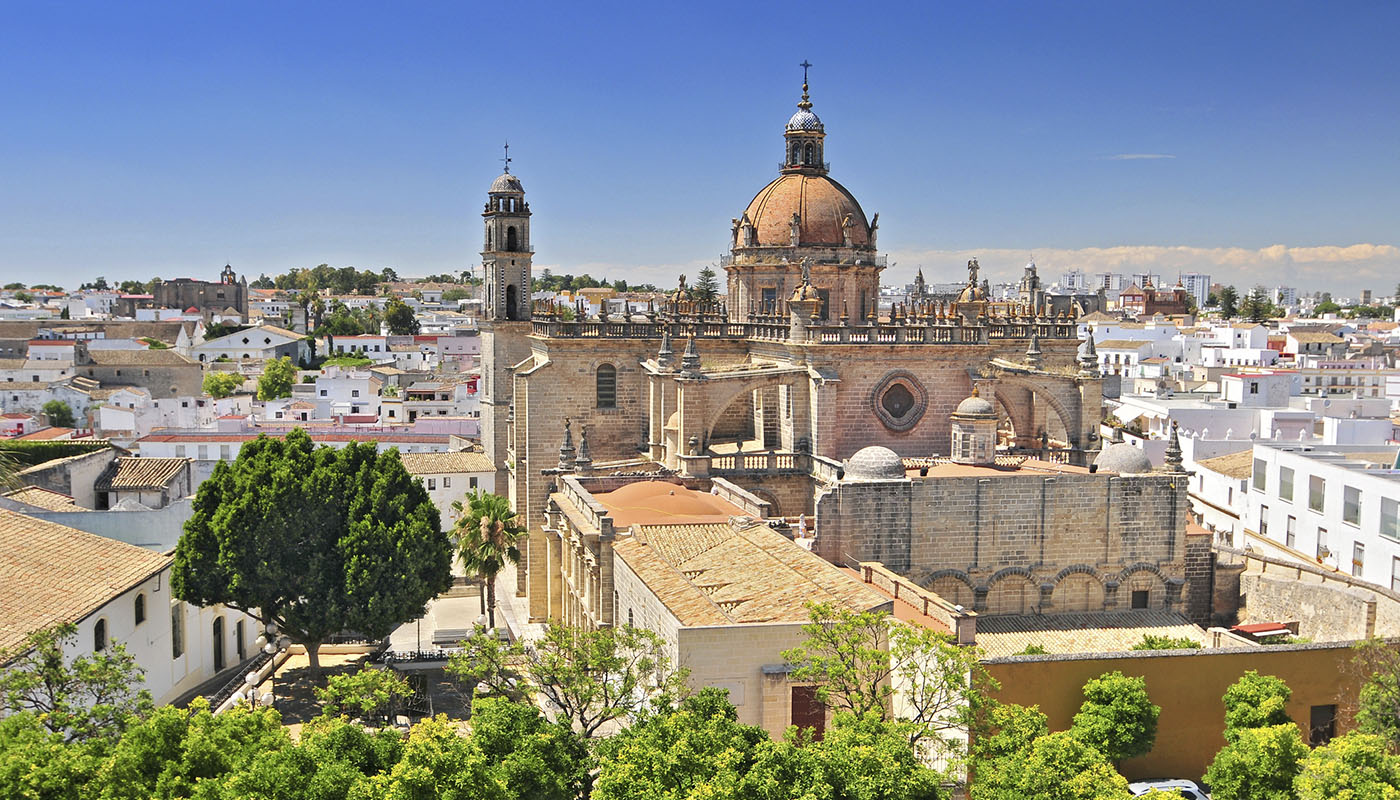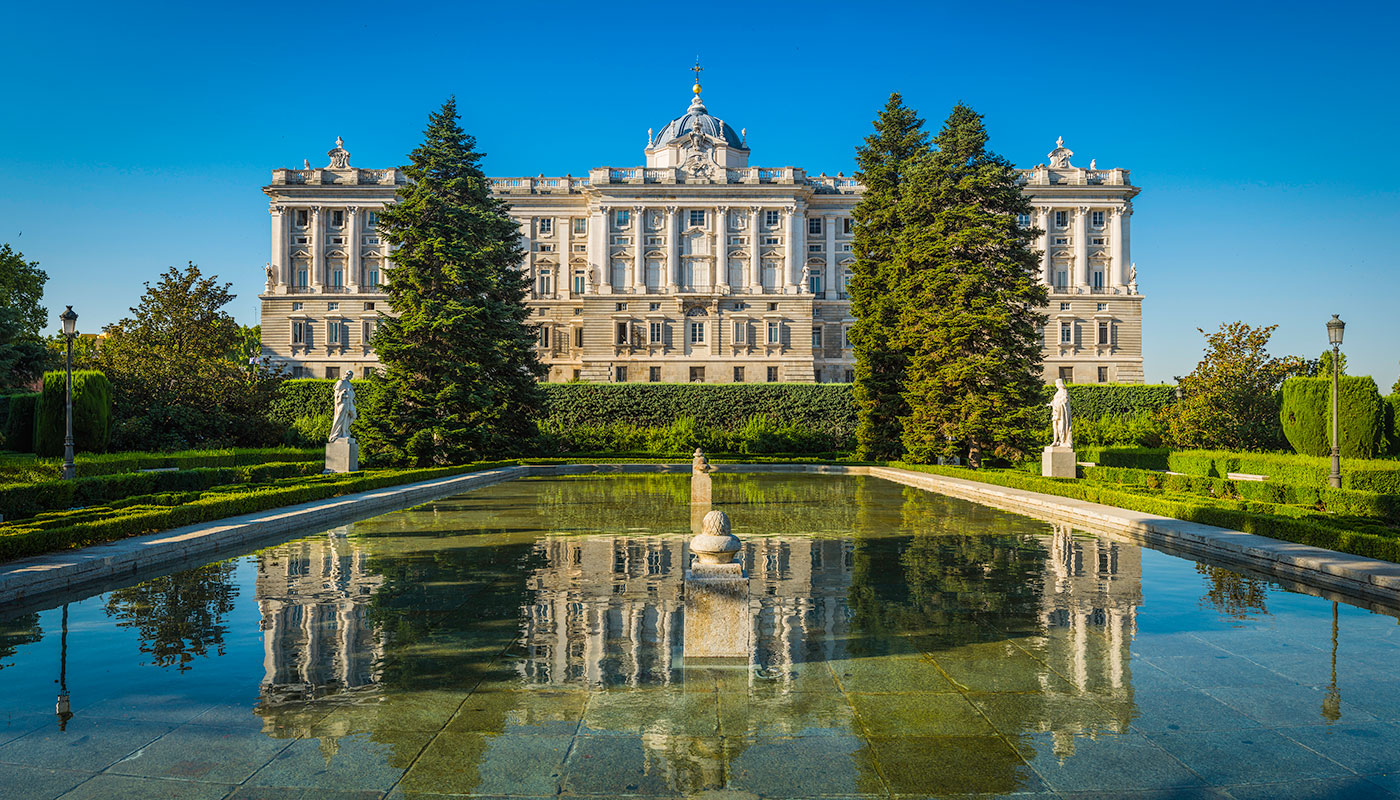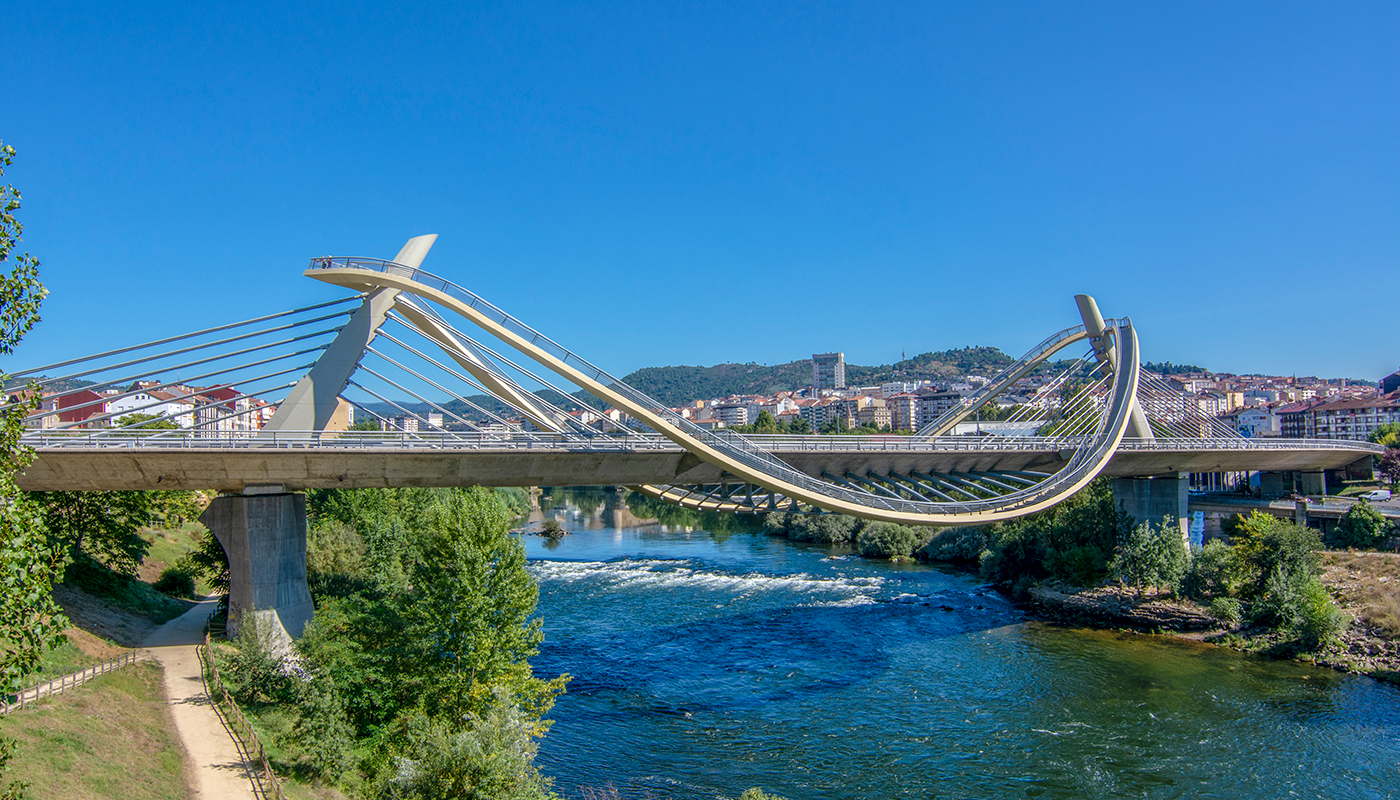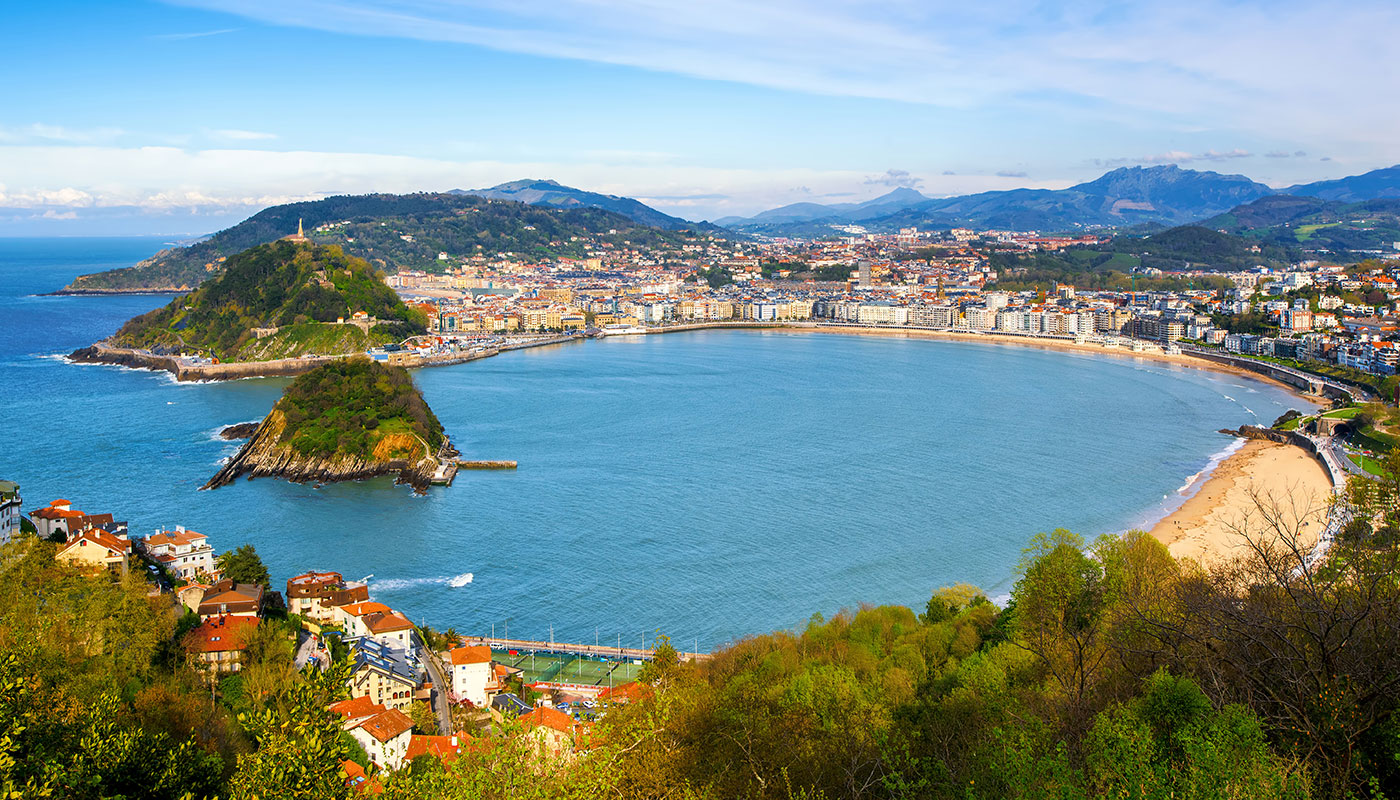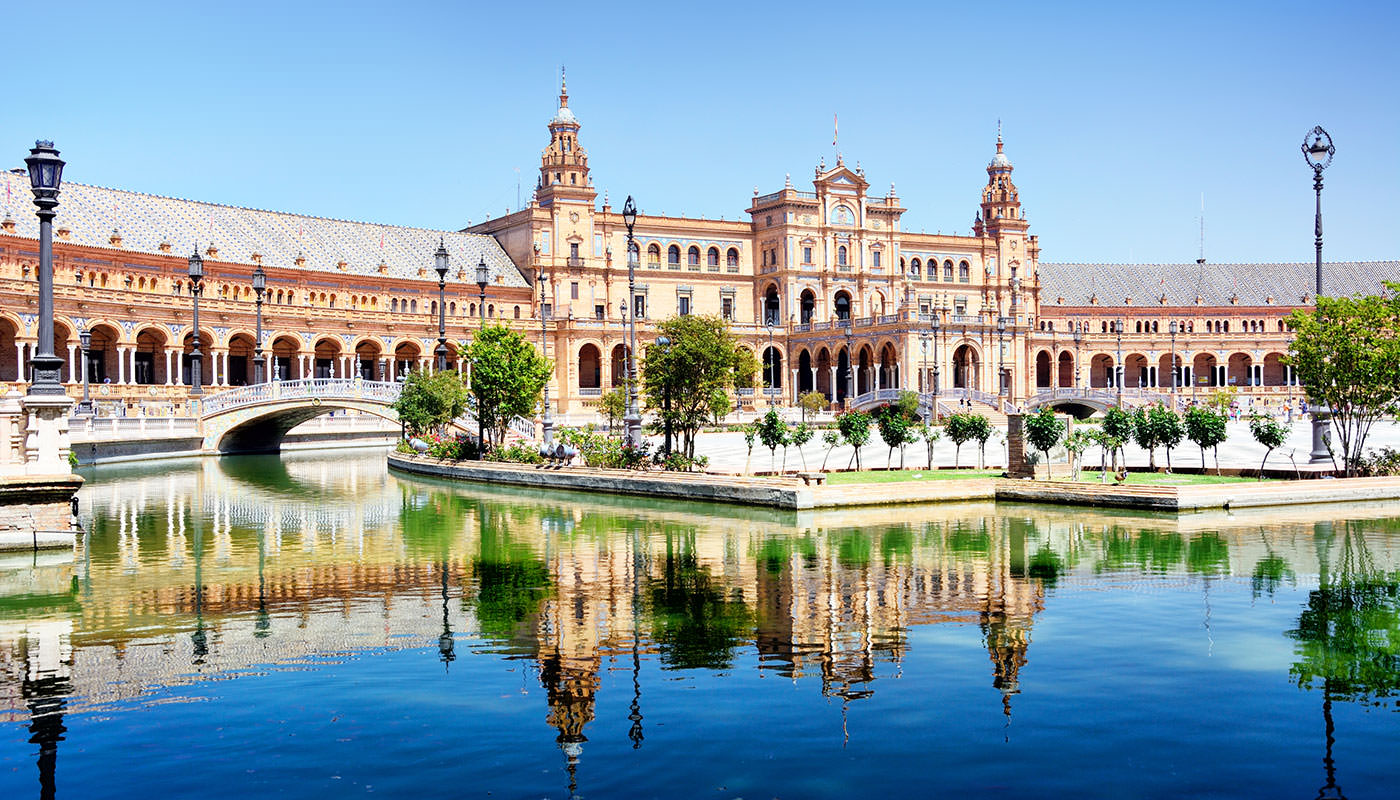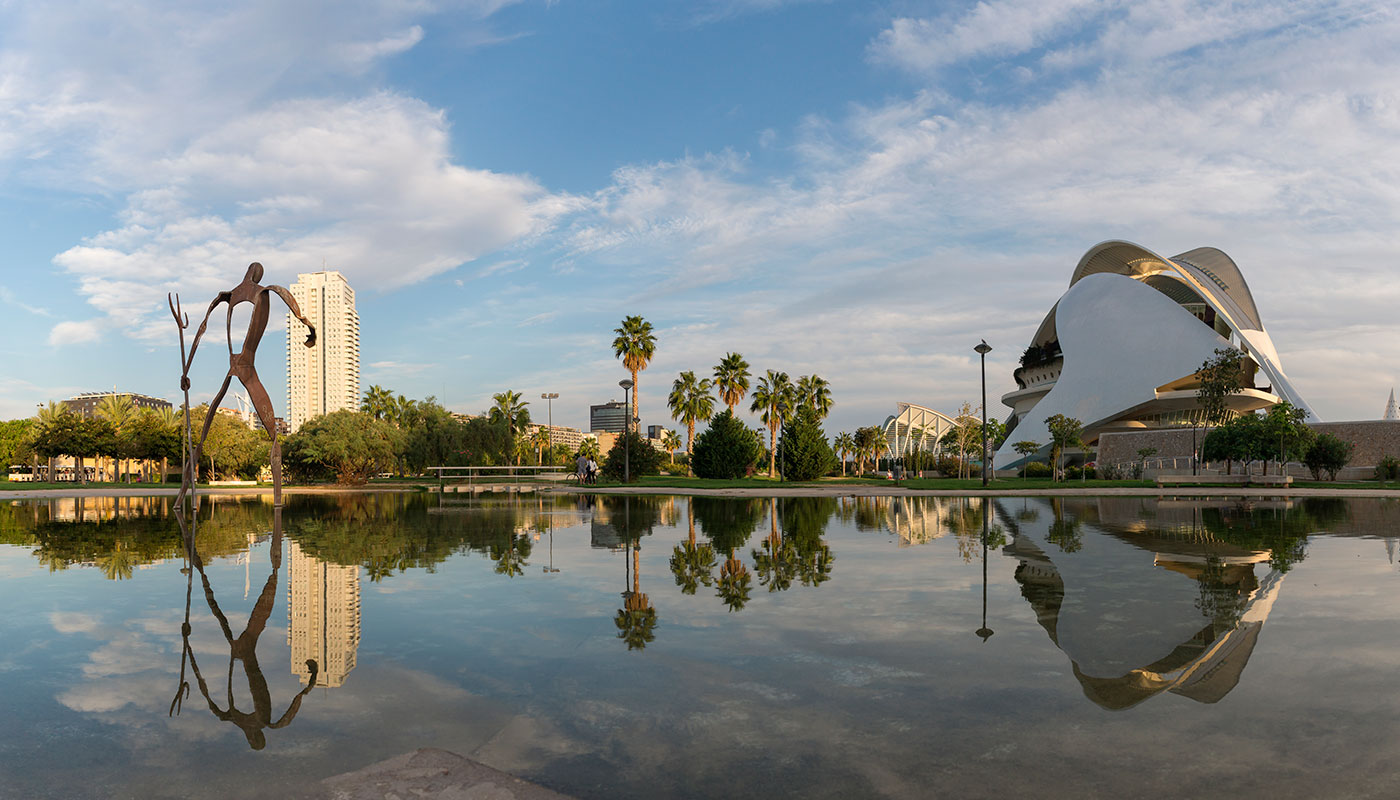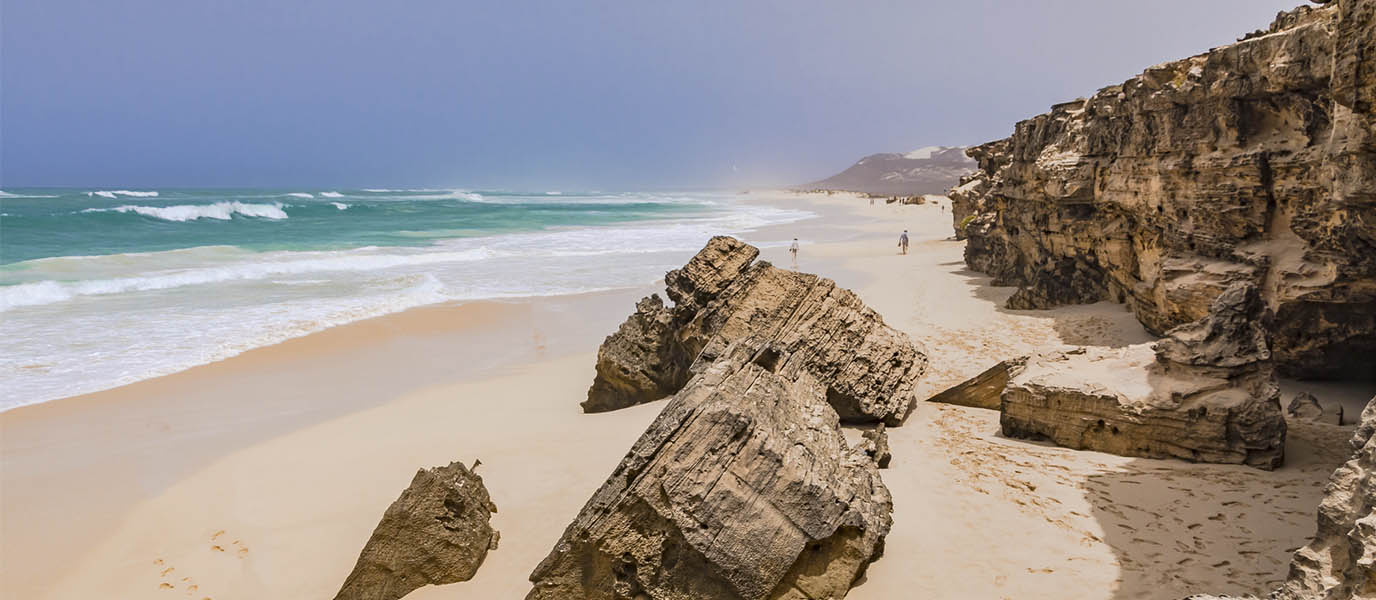The peaceful capital of Boa Vista, Sal Rei, serves as the gateway to one of Cape Verde’s most fascinating islands. Located on the northwest coast, this small town of just 10,000 inhabitants blends Portuguese colonial heritage with the vibrant local Creole culture, offering visitors an authentic island experience in a relaxed and welcoming atmosphere. Here, the ocean’s rhythm replaces city noise, life slows to an unhurried pace and the breeze drifts through colonial streets. Visitors can explore its fishing harbour, wander past colourful houses, unwind on sandy beaches and savour the local cuisine in small family-run restaurants. Its strategic location also makes it easy to explore Boa Vista’s desert landscapes and unspoilt beaches without long journeys.
Local history: Sal Rei: the town born from salt and Atlantic trade
Sal Rei hasn’t always been the tranquil capital of Boa Vista. Its history is shaped by the salt boom, Atlantic trade, and the ever-present threat of pirates along its shores. Founded in the 17th century, and named after the vast salt flats that once stretched nearby, the town turned Boa Vista into a prized outpost for Portuguese, British and French traders. For centuries, salt extracted from these lagoons was a valuable commodity, exported to Europe, Brazil and African colonies aboard ships departing from its natural bay—a harbour protected by small islets that encouraged the town’s growth.
But prosperity also brought risk. In 1815, the island was attacked by French corsair Jacques François Ares de Saint-Félix, who looted the town, burned warehouses and forced its residents to flee inland. To protect the population, the Portuguese fortified the islet of Sal Rei, building the Forte Duque de Bragança in 1818, with its ruins still looming over the coastline today.
The decline of the salt trade in the 20th century plunged the town into a long slumber before tourism brought about a revival. Today, Sal Rei preserves its maritime and colonial spirit in its cobbled streets, shaded squares and bustling market, where the aroma of fresh fish mixes with the cheerful chatter of vendors. Here, history is not just told in books—it’s written on the weathered façades and whispered by the elders who still share their stories by the sea.
What to see in Sal Rei: colonial squares, fortresses and local markets
Sal Rei is best explored at a leisurely pace, wandering through Portuguese-style squares, vibrant streets and markets where life moves to Boa Vista’s unhurried rhythm.
Praça de Santa Isabel, with its cobbled pavement and iconic blue-and-white church, is the heart of social life. By day, children play beneath the palm trees while street vendors sell tropical fruit and brightly coloured textiles. By late afternoon, as the sun bathes the colonial façades in gold, the square becomes a meeting point for locals and travellers alike.
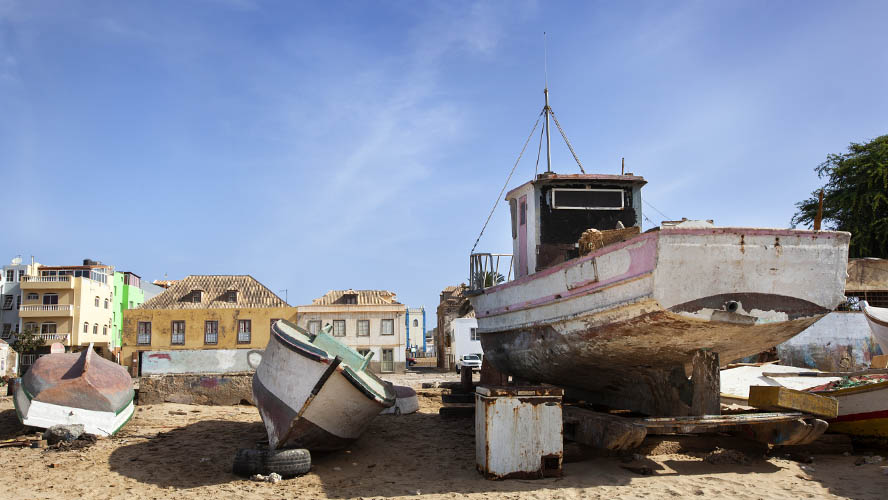
Just a few steps away, the Municipal Market is the perfect place to dive into the island’s flavours. Inside, Cape Verdean women sell freshly harvested mangoes, bananas and papayas, while fishermen display dorado, tuna and lobsters still glistening from the Atlantic. There’s no rush here—the market is a space for conversation, leisurely haggling and the sharing of stories between visitors and vendors.
Nowhere tells the tale of Sal Rei’s turbulent past better than the Forte Duque de Bragança. Built in the 19th century on the islet of Djeu, just a short boat ride away, the fortress once guarded the island against pirates who terrorised the island. Today, its wind- and sea-worn walls still bear traces of those times. From the top of the ruins, the views are breathtaking—the infinite blue of the Atlantic, the golden stretch of beaches and, in the distance, dunes hinting at the vastness of Boa Vista’s desert.
For the curious, just outside town lie the remains of an old ceramics factory, a relic of the island’s industrial past. Among the ruins of brick kilns and forgotten tools, it’s easy to imagine a time when Boa Vista exported not only salt but also ceramics, used both on the island and in Atlantic trade routes.
Beaches and outdoor activities: dune adventures and watersports in the Atlantic
Sal Rei is a town shaped by the ocean, and some of Boa Vista’s best beaches are just a stone’s throw from the centre. Praia de Estoril, sheltered from strong waves by nearby islets, is perfect for swimming, relaxing and trying watersports like paddleboarding or snorkelling. Its calm, shallow waters make it ideal for families or those looking for a gentle swim without strong currents.
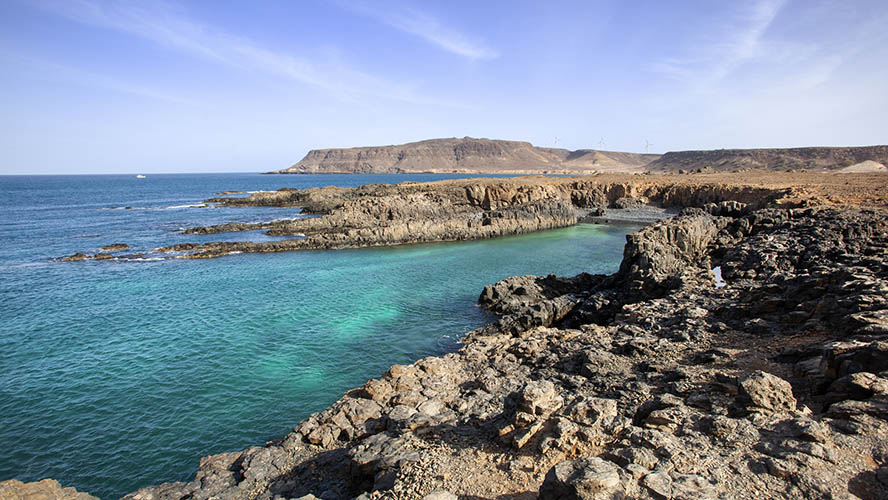
Just minutes from town, Praia de Chaves boasts perfect conditions for windsurfing and kitesurfing, thanks to its steady winds and vast stretch of golden sand. Visitors can hire equipment or take lessons at one of the many watersports schools.
But Sal Rei isn’t all about the sea. From town, adventure-seekers can set off on quad or 4×4 tours to the Viana Desert, where rolling white dunes evoke the vastness of the Sahara, or visit Varandinha Bay, where dramatic cliffs and wind-sculpted caves create a breathtaking setting for taking some photos or exploring.
Local cuisine: Cape Verdean flavours and Creole tradition
The food scene in Sal Rei reflects Boa Vista’s identity—a fusion of African, Portuguese and Creole influences, with the Atlantic at its heart. At local restaurants, visitors can try cachupa, Cape Verde’s national dish—a slow-cooked stew of corn, beans and either meat or fish, which can vary depending on island and family traditions.
No visit to Sal Rei is complete without fresh seafood. Grilled lizardfish (lagarto grelhado) and garlic butter lobster are must-try dishes, best savoured at beachfront spots such as Churrasqueira Sal Rei or the renowned Morabeza Beach Bar, where the food is accompanied by live music and sunset views.
For those in search of authentic local flavours, small bars serve snacks like pastel de atum (tuna pastries) and pão com chouriço (bread with chorizo), perfect for a quick snack while you take a break from exploring. All of this pairs well with a glass of grogue, Cape Verde’s traditional sugarcane spirit, or a homemade fruit punch.




